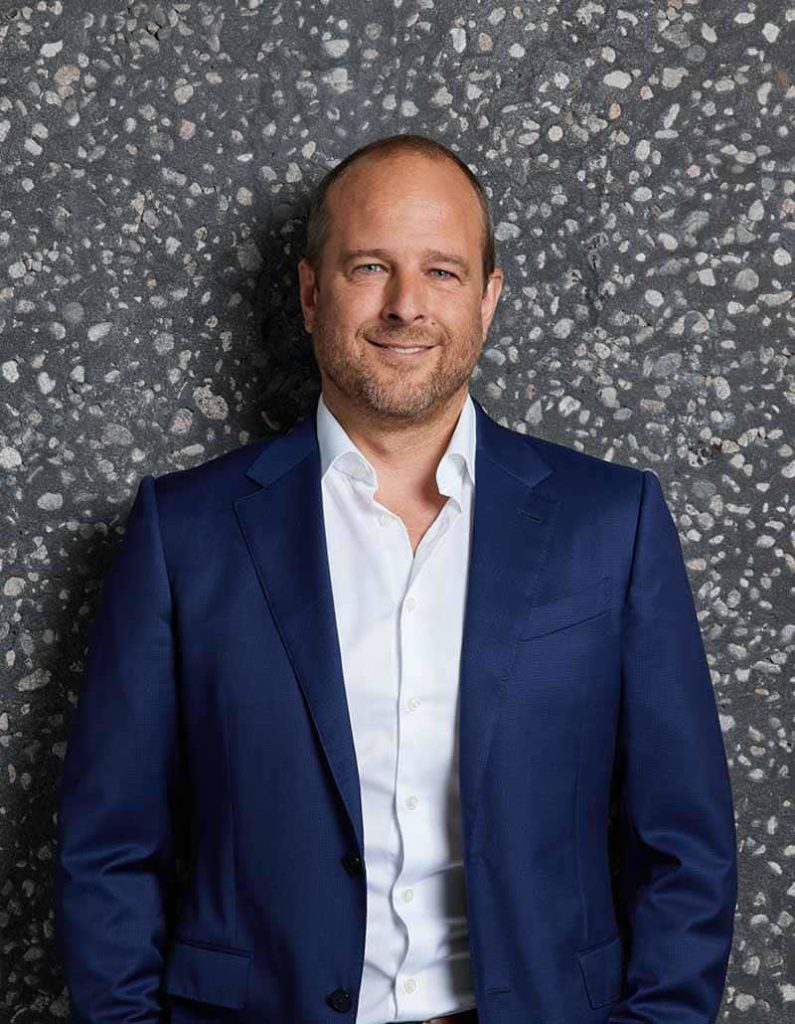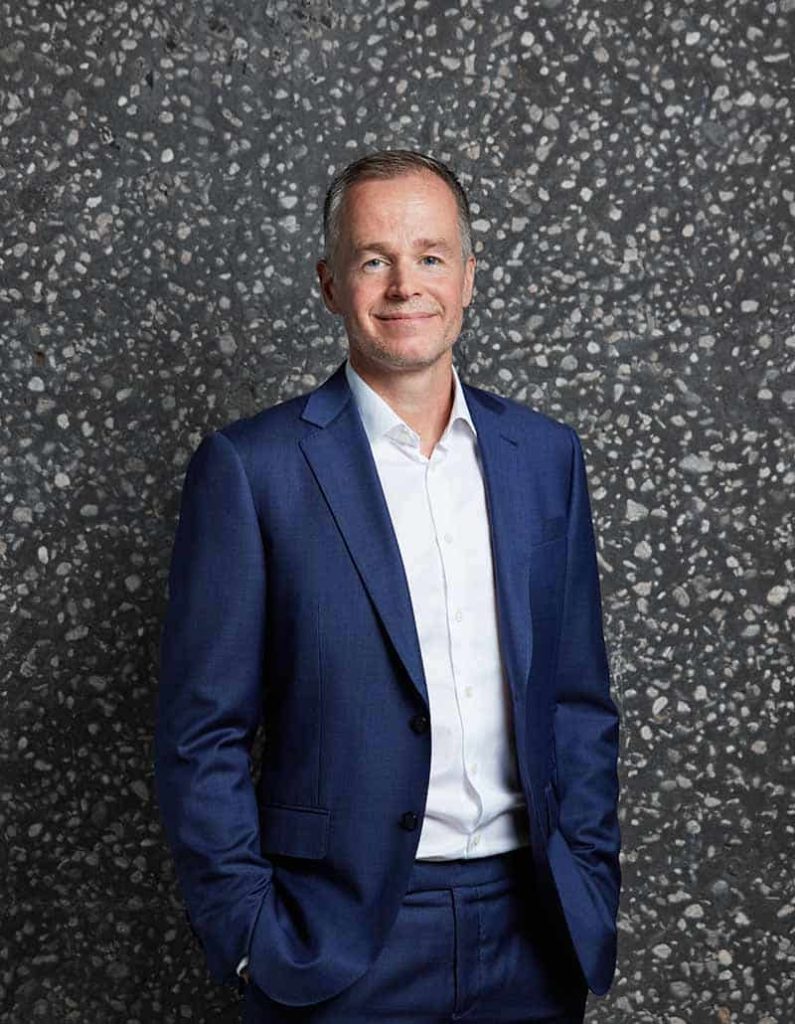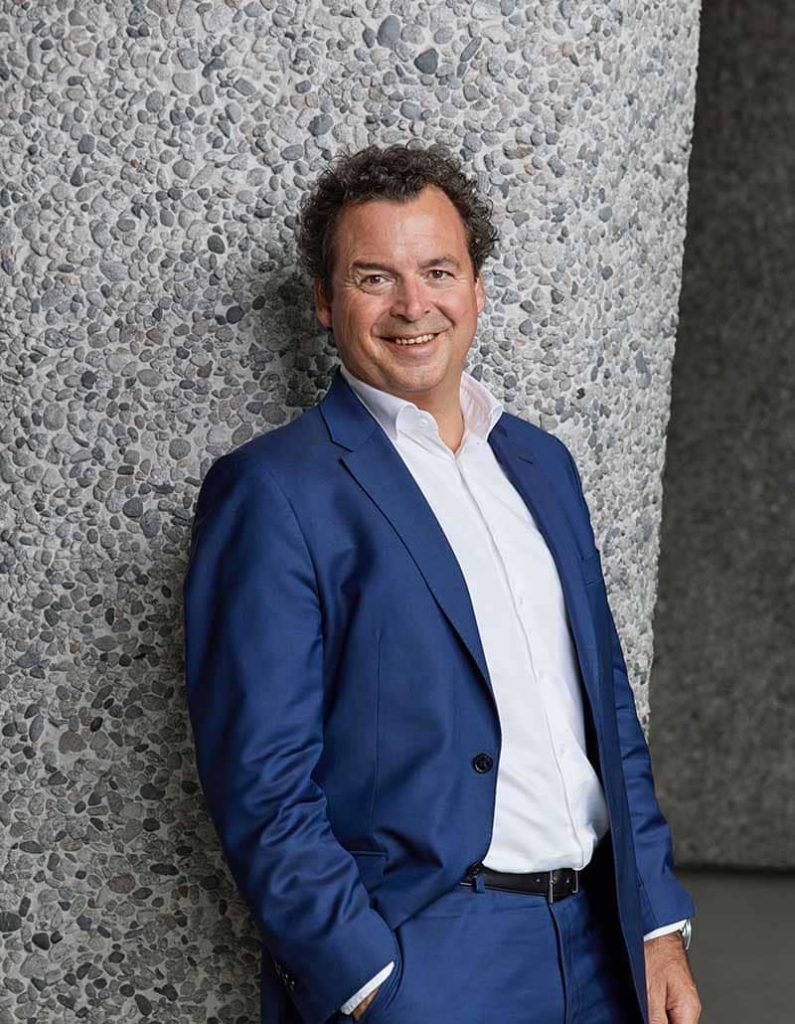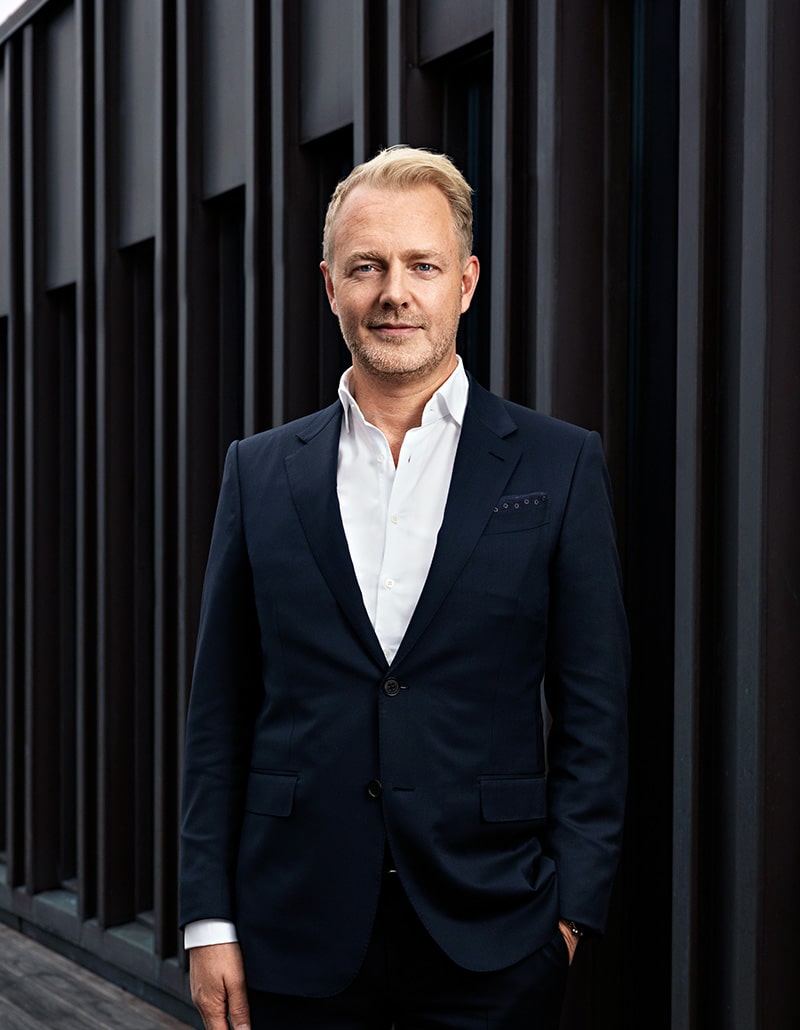Central detailing of the offshore wind regulatory regime
On Friday the Norwegian Government presented the much-anticipated white paper on long-term value creation from Norwegian Energy Resources, “Putting Energy to Work” (Energi til arbeid Meld. St. 36 (2020-2021)), the consultation papers on proposed amendments to the Offshore Energy Act and Regulations, and guidelines for the offshore wind concession process.
On Friday the Norwegian Government presented the much-anticipated white paper on long-term value creation from Norwegian Energy Resources, “Putting Energy to Work” (Energi til arbeid Meld. St. 36 (2020-2021)), the consultation papers on proposed amendments to the Offshore Energy Act and Regulations, and guidelines for the offshore wind concession process.
What does this mean for offshore wind stakeholders?
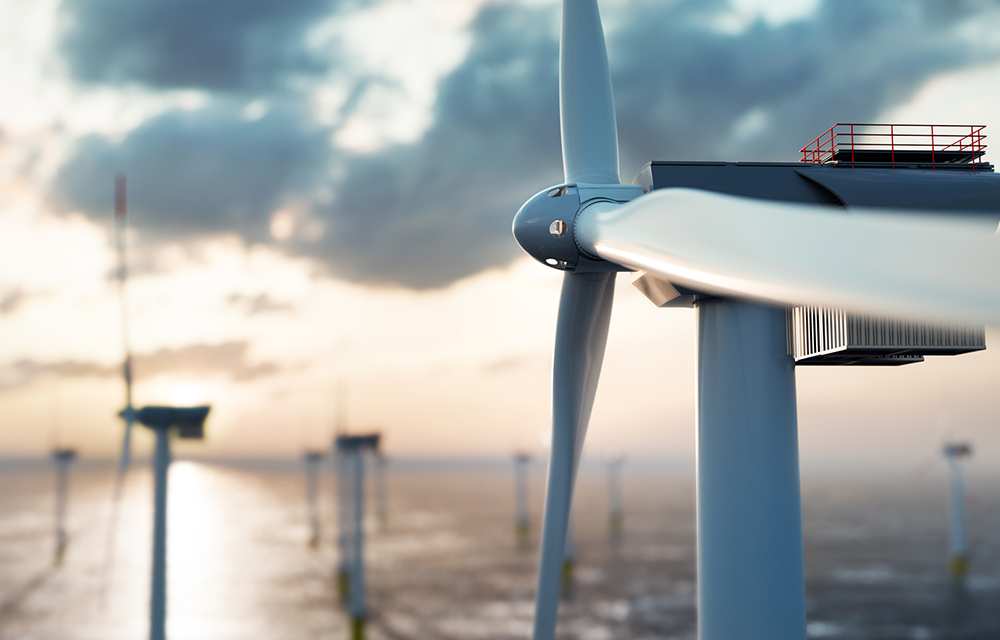
The white paper: “Putting Energy to Work”
Job creation and the green shift
The main target of the white paper is to use Norwegian energy resources as a foundation for future job creation in Norway, hence the title “Putting Energy to Work”. This political aim must be seen jointly with the government’s outspoken target of transitioning towards a low-emission society. Offshore wind power is highlighted as one of the new industries together with e.g. hydrogen and carbon capture and storage which are crucial to achieve this target.
Norway’s energy ambitions within offshore wind, both in an industrial and environmental perspective is reflected in the Minister of Petroleum and Energy, Tina Bru’s statement, “Offshore wind represents an industrial opportunity for Norway, and may form an important part of the next chapter in our history as an energy nation. We are now taking significant steps to facilitate offshore wind power – both floating installations, as well as bottom-fixed ones”.
The Norwegian industry players have a robust foundation to meet the challenges of developing a Norwegian offshore wind industry and have displayed their willingness to contribute. To booster this development, the Government plans to establish a collaboration forum to bridge potential knowledge gaps and coordinate the industry. Bru will initiate a first meeting in September this year. Already, the government have however been funding a project managed by the Federation of Norwegian Industries aimed at bridging such knowledge gaps and provide for increased execution capabilities and competitiveness among Norwegian developers and suppliers. The project is named “Delivery models for Offshore Wind” and further information may be found on the Federation of Norwegian Industries’ homepages: Leveransemodeller for Havvind . The project is completed and will be presented 15 June 2021. Haavind are happy to have been able to contribute with its insights and experience into the work.
Opening of new areas
The government will initiate a process to identify new areas for offshore wind production, in addition to the two recently opened areas, Sørlig Nordsjø II (assumed bottom fixed) and Utsira Nord (assumed floating). The process will be led by the Norwegian Water Resources and Energy Directorate and will consist of two steps. The first step will be to identify areas relevant for an impact study and the second step will be the impact study. The process is expected to take two years. Co-existence between different industries and interests, hereunder environmental issues are relevant factors and the Government will take due considerations when opening new areas for offshore wind projects.
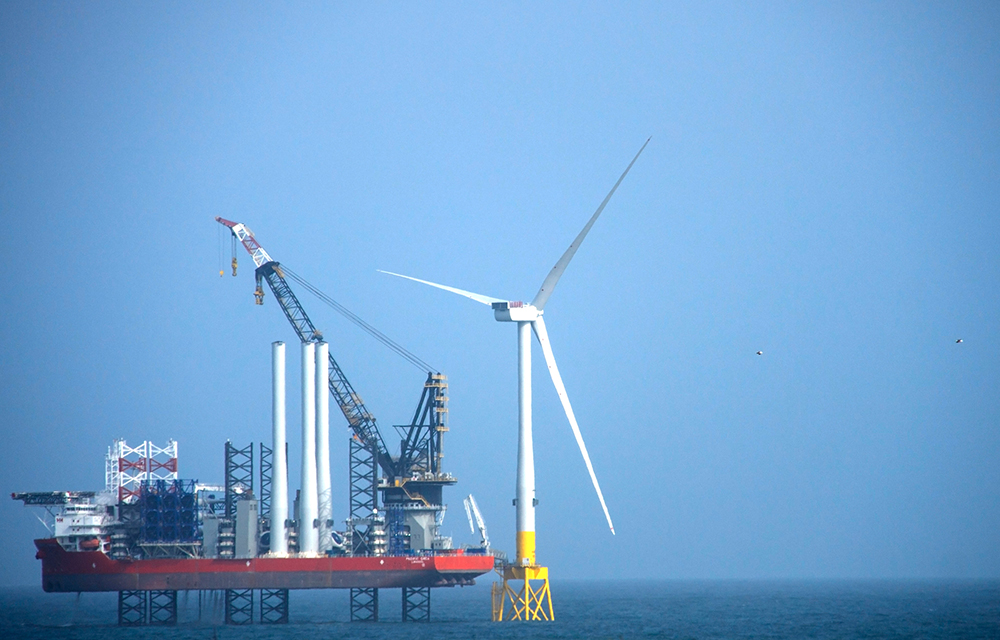
Financial support schemes
The Government acknowledges the dependency on subsidies with regard to floating offshore wind installations where there still is a need for new technologies to reduce costs. The Government will consider providing financial support for the development of such new technologies. Whether a project will be eligible for support will be decided on an individual project basis, in contrast to rights-based schemes, and given through Enova (Norwegian governmental enterprise responsible for the promotion of environmentally friendly production and consumption of energy). A project may receive financial support if and when it reaches a satisfactory point of maturity in the view of the Ministry of Petroleum and Energy (MPE),
Bottom-fixed projects will not be eligible for financial support.
Offshore transmission networks
The Government assumes that offshore wind installation initially will be developed for one of three purposes, i) export of the produced power, ii) electrification of petroleum installations and iii) provision of electricity onshore.
The Government proposes that the grid facilities are planned, built and financed by the developers. The aim is to leave the onshore grid customers financially unaffected by the costs of developing an offshore transmission network. Statnett will be appointed as the system operator under the Offshore Energy Act for offshore cables and grid.
Hybrid solutions will be further assessed, and legal issues will be examined.
Transparent and predictable regulatory regime
In the white paper the Government reiterates its aim to secure a transparent and predictable regulatory regime. It therefore comes as no surprise that the white paper presented on Friday was supplemented by the a proposal for guidelines for the concession process and regulatory specifications for offshore wind. The proposed amendments and guidelines are meant to ensure efficient and predictable conditions with the aim of facilitating the development of new profitable industrial businesses for offshore wind.
The current offshore wind power regulatory regime has not met the expectations of the industry. We are therefore pleased to see that some of the unsolved issued are addressed in the awaited guidelines and amendment proposal, see further details on this below.
Financial framework remains unclear
Whilst the suggested amendments represent a regulatory clarification, there remains key questions to be addressed before we can expect any real offtake within this budding industry. In particular the financial framework remains a contentious and central point of clarification for stakeholders. The white paper does nonetheless state that the Government is working on amendments to the tax regime, to ensure tax liability to Norway from income made on production of wind power on the Norwegian Continental Shelf.
For offshore wind projects that are linked to petroleum production, i.e. to provide electricity to petroleum installations, the MPE will decide depending on the degree of affiliation if the petroleum tax regime will apply. For the sake of clarity, the companies may from an early point on, for example prior to the investment decision, request a statement from the tax authorities about the processing of a specific project.
The MPE will also be considering whether it will open for mortgaging of facilities with a license in accordance with the Offshore Energy Act, in order to facilitate the financing of offshore wind projects. The MPE will be assessing the need for legal authority for mortgaging and the possibility for establishing a register for rights in facilities for offshore renewable energy production.Several stakeholders have pointed out that the possibility of mortgaging facilities and or licenses will be crucial in terms of financing, and we believe that this is one of the issues that the Ministry will get in place shortly.
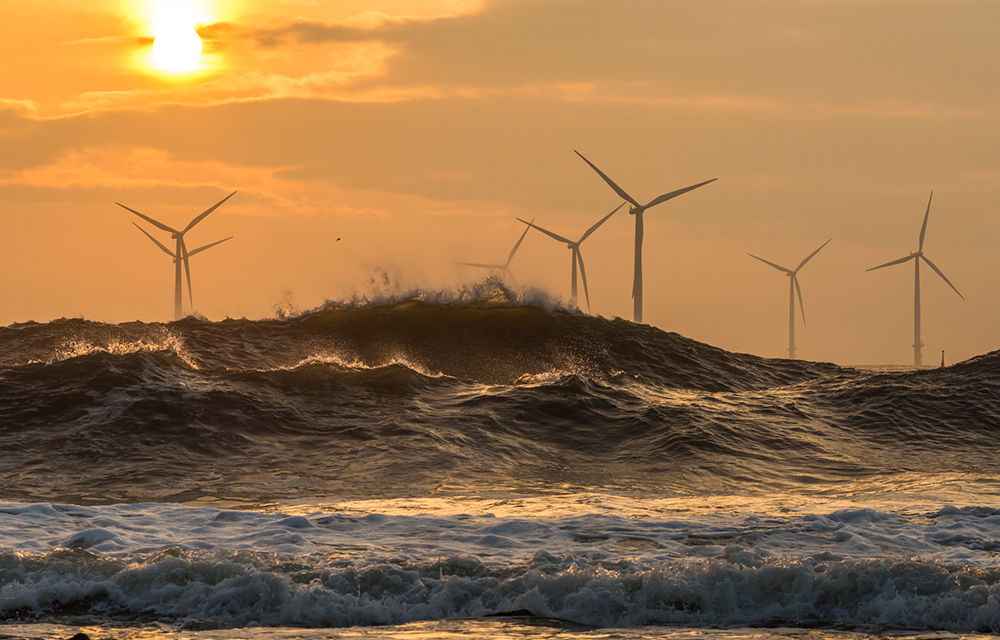
Regulatory clarifications – Amendment proposals and guidelines for the offshore wind concession process
The proposed regulatory amendments can primarily be seen as a detailing of the current licensing regime. With these specifications the government aims, as mentioned above, to provide greater predictability and clarity to stakeholders in general, and potential licensees in particular.
The proposed amendments address one of the key points of clarifications that have been demanded by the industry, namely the criteria for awarding licenses and the awarding mechanisms. The guidelines further flesh out the content of the existing and proposed concession process.
Here are the main highlights from the proposal and guidelines:
- An applicant may have to fulfill prequalification terms in order to partake in the bid for a section. The prequalification terms may vary but will typically require that an applicate fulfills the requirements set out in the Offshore Energy Act § 3-5 (legal entity registered in Norway), have satisfactory technical competence and financial strength, and meet relevant requirements regarding health, environment and safety. The guidelines provide further information on how to document compliance with the prequalification terms.
- Under the current licensing regime an applicant starts the licensing process by submitting a notification to the MPE for any part of an opened licensing area. Given the amount of interest in developing offshore wind projects, the MPE suggests that the first step in awarding a license will be for the MPE to section an open area into smaller areas (with designated maximum installed energy effect per section), and announce and invite stakeholders to place bids for the individual sections. The MPE can set further and individualized requirements on the different sections.
- The winner of a bidding round receives an exclusive right to submit a notification, and application for that section. This right is coined as the “right to the area” and is a time-limited right. If an application is not submitted within the time limit or is rejected, the area will once again be open for other applicants.
- The bidding rounds will either be structured as auctions or based on qualitative- criteria. The principal rule will however be an auction-based system. This will particularly be applicable for most areas relevant for bottom-fixed solutions, such as Sørlige Nordsjø II. For areas where the state has particular aims, such as technological development, qualitative award systems may be more prevalent, as is presently the case for areas relevant for floating-wind, such as Utsira Nord. Within an open area there may be a mixture of awarding systems in the different subsections.
- It will take approx. 6 to 12 months to select a bid winner for a selected section.
- Receiving a “right to an area” entails a compensation to be paid to the state, either in the form a fee calculated at the discretion of the state or as a result of open-marked bids.
- The processing of an application may vary but will in general take approx. 1 year.
- An award may not be transferred to another party without the consent of the MPE. This includes direct and indirect ownership transfers of the company.
Clearer but not clear
As can be seen from the abovementioned points the key features for the licensing system are now established, setting the stage for applications to be submitted. Nonetheless with the award criteria and prequalifying terms varying from one section to another, applicants cannot apply a “one solution fits all” going forward.
It should also be noted that the specifics of the auctioning system are still not determined but will be proposed later this year and be subject to public consultation. Of equal, if not greater interest the final financial framework also remains to be specified.
Another point that remain unclear are the requirements for the composition of the applicant(s), ie. individual applicants or joint-venture compositions. The proposed amendments utilize the wording “applicant” in a singular form, but under the guidelines it is specified that companies wishing to develop project jointly must both fulfill prequalification terms, suggesting that joint project development are welcomed under the licensing regime.
Overall, it seems that the Government is choosing to simultaneously develop the regulatory regime and invite the industry to partake in commercial development.
The guidelines and amendment proposals will be sent for public consultation until 20 August 2021.
With our broad experience from both the oil and gas industry and the renewable industry, Haavind is following the regulatory process closely, as well as partaking in various parts of the parallel industrial development ongoing.

